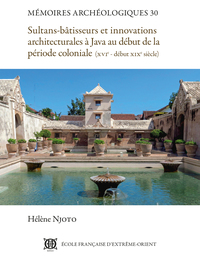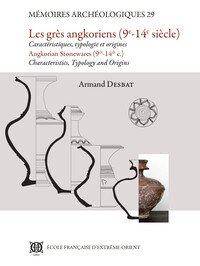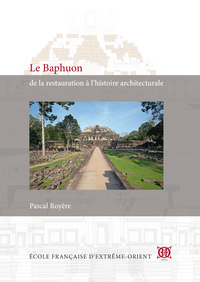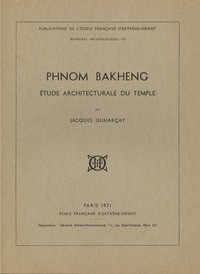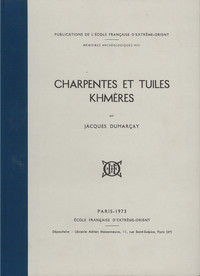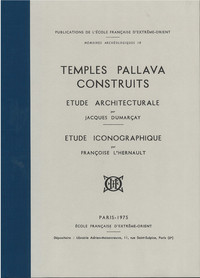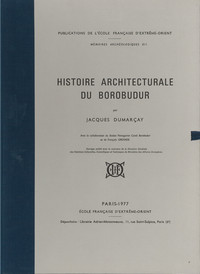Nous utilisons des cookies pour améliorer votre expérience. Pour nous conformer à la nouvelle directive sur la vie privée, nous devons demander votre consentement à l’utilisation de ces cookies. En savoir plus.
Khao Sam Kaeo, An Early Port-City between the Indian Ocean and the South China Sea
Efeo - EAN : 9782855394275
Édition papier
EAN : 9782855394275
Paru le : 1 sept. 2017
65,00 €
61,61 €
Disponible
Pour connaître votre prix et commander, identifiez-vous
Notre engagement qualité
-
 Livraison gratuite
Livraison gratuite
en France sans minimum
de commande -
 Manquants maintenus
Manquants maintenus
en commande
automatiquement -
 Un interlocuteur
Un interlocuteur
unique pour toutes
vos commandes -
 Toutes les licences
Toutes les licences
numériques du marché
au tarif éditeur -
 Assistance téléphonique
Assistance téléphonique
personalisée sur le
numérique -
 Service client
Service client
Du Lundi au vendredi
de 9h à 18h
- EAN13 : 9782855394275
- Réf. éditeur : MA 28
- Collection : MEM. ARCHEOL.
- Editeur : Efeo
- Date Parution : 1 sept. 2017
- Disponibilite : Disponible
- Barème de remise : NS
- Nombre de pages : 675
- Format : H:280 mm L:210 mm E:43 mm
- Poids : 2.35kg
- Interdit de retour : Retour interdit
- Résumé : Two thousand years ago, the Wu Emperor of China sent south a naval expedition to seek op-portunities to increase trade. The leaders en-countered a Southeast Asian kingdom, with an established government, laws, cities and flourishing trade with India and Rome. The expedition report survives in the Chinese dynastic archives, and poses a fascinating challenge to archaeologists: what was the nature of this mari-time Silk Road, when did it begin, what manner of people ran it, and how did it affect their lives? Answers to these key questions are now emerging from five years of excavations and a decade of intense analyses that centre on the Kra Isthmus, the narrow neck of land that provides the easiest passage between the Indian Ocean and the South China Sea. Here, the trade route is dominated by the urban centre of Khao Sam Kaeo, a sprawling settlement atop four hills, next to the Tha Tapao River. For the first time in Southeast Asia, a multi disciplinary project involving geoarchaeology, botany and metallurgy, combined with geographical information systems, has been deployed to unravel the timing of the emergence of the maritime Silk Road and its social impact. We have found that its origins are far earlier than suspected, stretching back into the 4th century BC. Over the centuries, Khao Sam Kaeo became a cosmopolitan hub that drew merchants and artisans from India and other Asian horizons. Gold and silver, carnelian and glass jewellery came from new workshops. In the fields beyond the city walls, new crops of Indian origin were grown alongside the traditional rice fields. Chinese ceramics, Vietnamese bronzes, even Roman tradewares made their way to the markets of Southeast Asia. The vital importance of Khao Sam Kaeo in documenting and illuminating the early maritime trade is seen in the later rise of states like Pasai, Banten, Melaka and Ayutthaya. Here again, on a magnified scale, there were highly specialised manufacturing industries con-trolled by powerful kings. Revealing the deep seated cultural changes that took place at Khao Sam Kaeo thus illuminates for the first time a critical stage in the history of Southeast Asia


